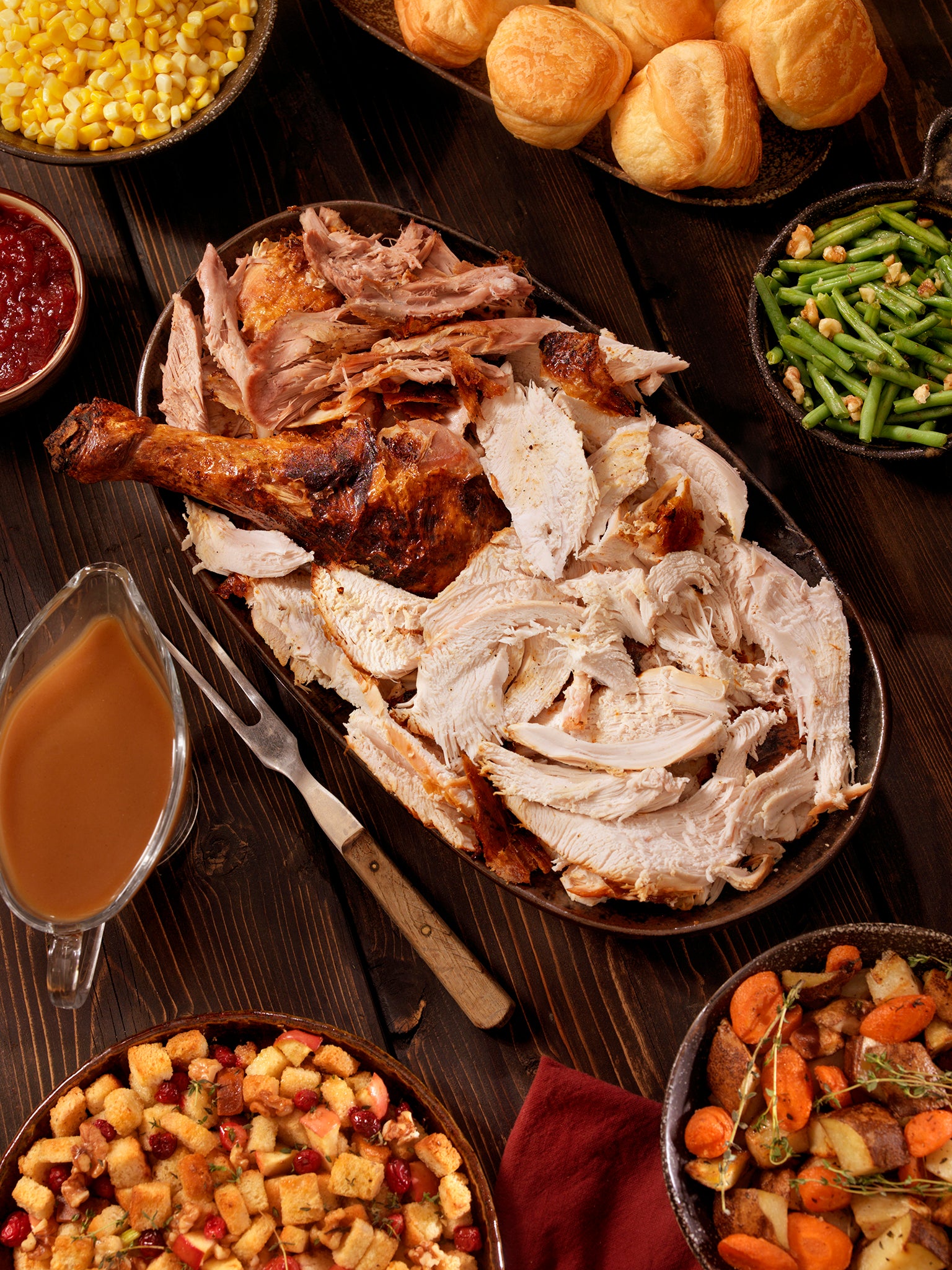
From prepping your bird to cutting the perfect slice, carving the Christmas turkey can be an art form. Don’t worry if you’re not a professional chef – with these top tips from the knife masters at Blenheim Forge, you’ll be carving up an amazing feast in no time.
First off, having the right knife is key. Look for knives with a longer blade to help you achieve those lovely, smooth slices of turkey. Blenheim Forge’s signature Japanese-style carbon steel blades are especially popular among chefs for their sharpness and durability.
Once you’ve got your knife, make sure it’s properly sharpened. Don’t underestimate the importance of a honing steel – but be careful not to use it the wrong way or you could damage the blade.
When it comes time to carve, use two knives: one longer for slicing and one shorter for the fiddly bits. Let the bird rest before you start carving, and always cut away from the table to ensure safety. And don’t forget to include some of the dark meat – everyone loves the breast, but it can be dry without that juicy leg or thigh.
Follow these tips to ensure this Christmas’s turkey doesn’t end up a hack job.
Look for these properties in your knife
The first step is to choose the right knife for carving. Whilst carving knives do make life easier, they are not essential for carving and any knife with a nice, sharp edge on it will do the job. Look for knives with longer blades; these will help you get lovely, smooth slices of turkey.
Sharpen your knife properly (and avoid steel sharpening rods)
In many households, there seems to be a Christmas tradition of dusting off a rarely used carving knife and waving it up and down a steel sharpening rod before starting to carve.
Steel rods do have a place in knife maintenance but most of the time they are misused and do more harm than good. When used incorrectly, a sharpening rod will remove an unnecessary amount of material from the knife, shortening the life of the blade. It is also easy to sharpen the knife unevenly, causing dips in the blade where the edge bends the wrong way.
As such, for the majority of people, it is better to use a whetstone for sharpening or to take the knife to a professional.
Use two blades to carve
Often, using the type of long blade that is good for slicing can make tasks like removing the wings and legs from the main part of the bird very awkward. Fiddlier tasks like these can also damage the blade of the slicer, bringing it into contact with bones that can harm the edge.
Instead, opt to have a smaller blade to hand, too, alternating your two blades dependent on the task.
Let the bird rest before carving
Letting the bird rest for an hour or two will make your life easier when it comes to carving, keeping the juices in the meat and making it easier to handle by letting it cool slightly.

Carve away from the table
If you are not an experienced carver, consider carving the bird away from the table. Having the roast at a sensible height, with a little more space and no audience, can take the pressure off and make the sometimes daunting task feel much more straightforward.
Don’t forget the dark meat
Remember that some of the tastiest meat on the turkey sits closest to the bone. Lots of guests will want the breast meat, so don’t forget to flip over the bird after serving your guests. You will then be able to help yourself to the darker, more flavourful parts around the thighs and the oysters.
Be safe and use a carving fork
Always be safe when carving; keep your fingers out of the way of the knife, and never cut towards yourself. Carving forks exist for a reason, so use them! They will help to hold the meat in place, and will ensure your hands stay a safe distance away from the sharp blade.
None of the carving process should require much force so if you are having to hack your way through bones or work at an awkward angle, you are doing something wrong.
Instead, work slowly and methodically, taking your time to carefully find the joints separating the different parts of the bird.







